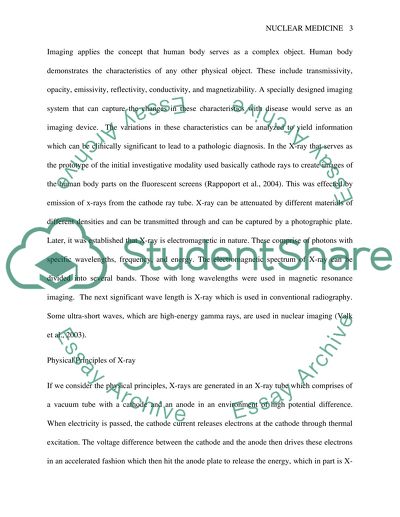Cite this document
(“Hybrid Technology in Nuclear Medicine Assignment”, n.d.)
Hybrid Technology in Nuclear Medicine Assignment. Retrieved from https://studentshare.org/health-sciences-medicine/1519879-essay-2000-words
Hybrid Technology in Nuclear Medicine Assignment. Retrieved from https://studentshare.org/health-sciences-medicine/1519879-essay-2000-words
(Hybrid Technology in Nuclear Medicine Assignment)
Hybrid Technology in Nuclear Medicine Assignment. https://studentshare.org/health-sciences-medicine/1519879-essay-2000-words.
Hybrid Technology in Nuclear Medicine Assignment. https://studentshare.org/health-sciences-medicine/1519879-essay-2000-words.
“Hybrid Technology in Nuclear Medicine Assignment”, n.d. https://studentshare.org/health-sciences-medicine/1519879-essay-2000-words.


